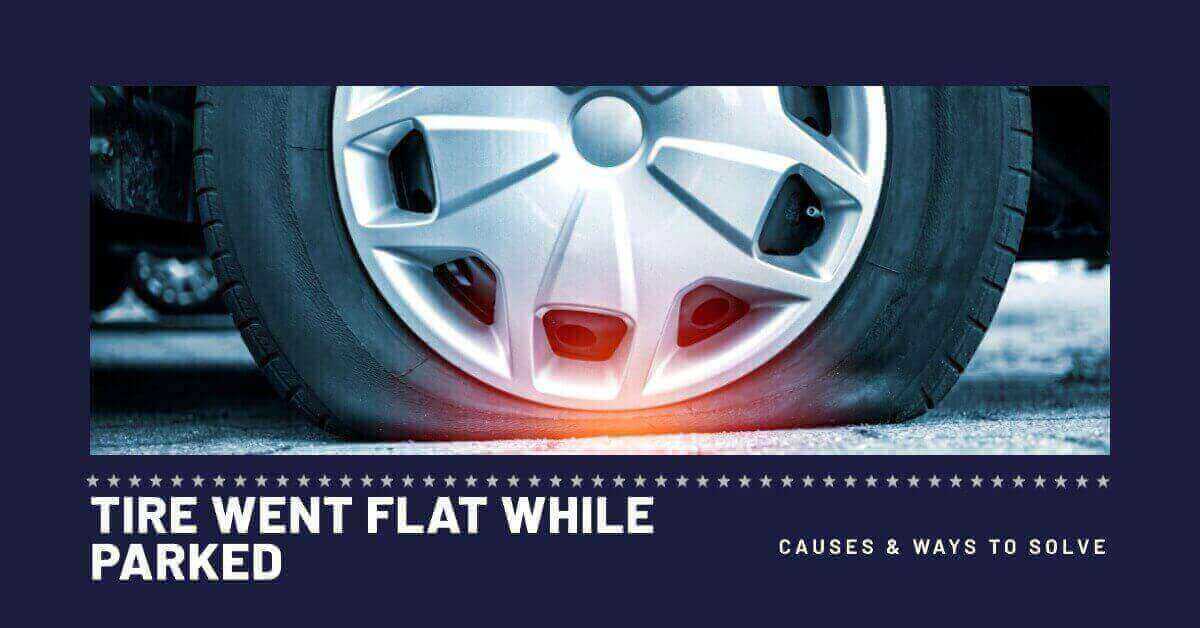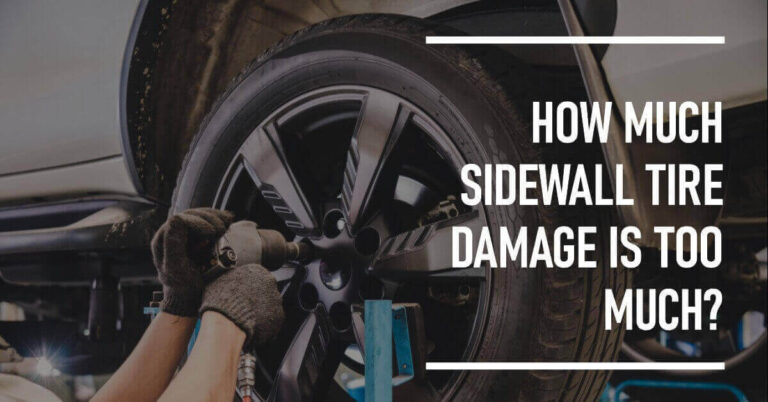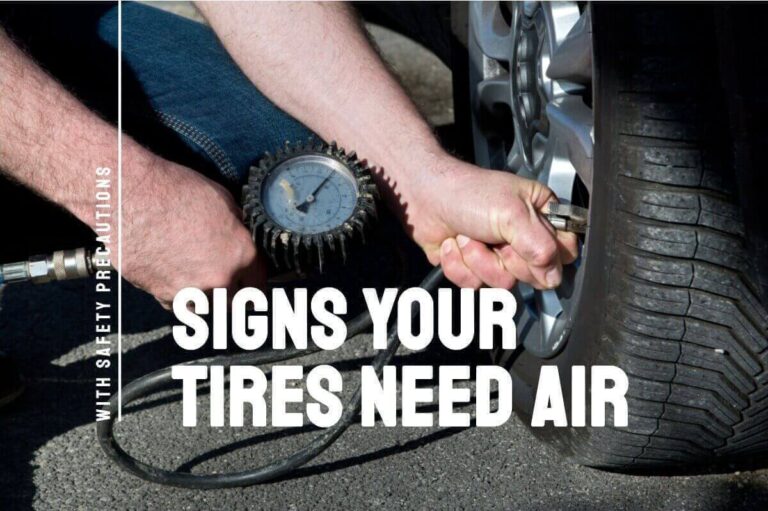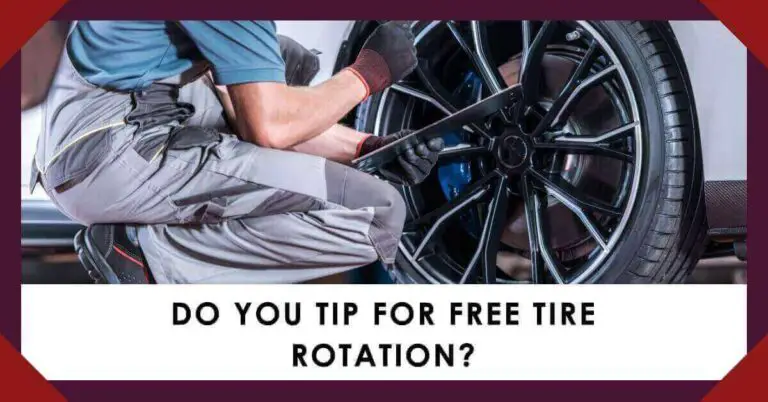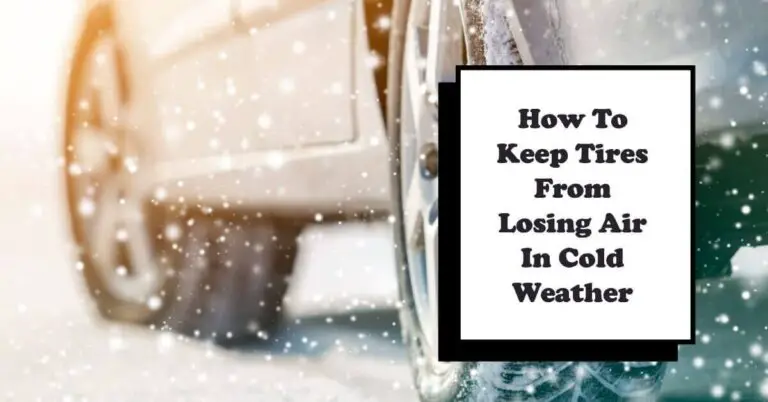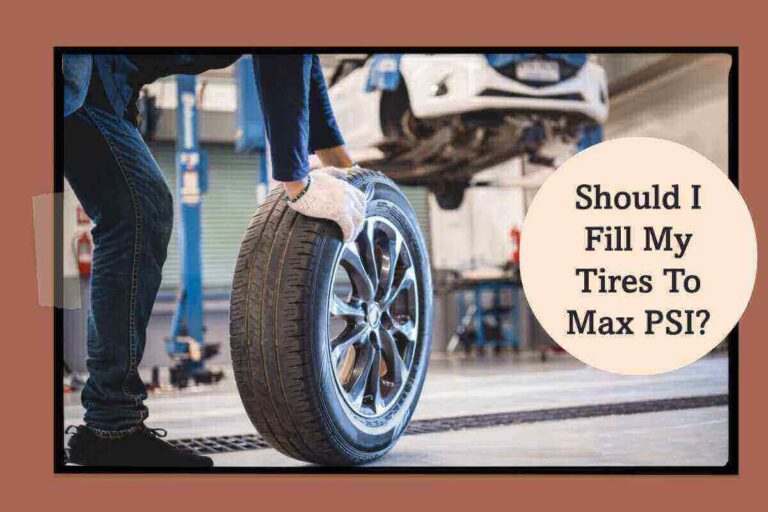Have you ever had a tire go flat while parked? It’s an irritating problem that can be time-consuming and potentially expensive. Unfortunately, this issue is all too common, especially for older vehicles on the road for years.
We’ll look at why tires go flat while parked and what steps you can take to prevent it from happening in the future.
Tire Went Flat While Parked
Has this ever happened to you? When you return to your car, you’re out and about, running errands, only to find that one of the tires has gone flat. It’s a horrible feeling as it can cause a lot of stress and damage your day. Unfortunately, this happens more often than we would expect, sometimes even when the car isn’t being used.
Tire trouble can be a headache for any driver, but when your tire goes flat while your car is parked, it can be even more hassle. It’s happened to all of us, and you come to your car only to find a flat tire. It’s discouraging and frustrating, but there are ways to solve the issue quickly and effectively.
3 Different Ways to Solve Issue
There are three different ways to solve this “Tire Went Flat For No Reason” problem when it occurs. However, you must take the time to troubleshoot the issue before making a choice.
Solution #1: Fix Yourself
Fix Yourself can seem daunting when you experience the dreaded flat tire, especially when you are parked at the side of the road. Finding out why your tire has gone flat is the first step; fortunately, it’s one you can do yourself.
Figure out if there’s anything visibly wrong with your tire; look for punctures or tears in the sidewall. If something is clearly visible, patching it up may be all necessary to get back on the road. Otherwise, it could be something as simple as low air pressure or a faulty valve stem, which is easy to diagnose and fix.
Once you’ve identified what went wrong with your tire, figure out if you have the tools to fix it yourself or if you need help from someone else.
#1 Tire Repair Kit

AUTOWN 68pcs Tire Repair Tools to Fix Punctures & Plug
Features:
Spiral probe and insert tools are made of high-strength steel, easy to pierce repair plugs, durable construction that can resist any dirt with a simple wipe, and will give you multiple tire repair applications.
Solution #2: Take to Repair Shop
If you have a flat tire while parked, one solution is to take your car to a repair shop. Most shops will inspect the tire and let you know what type of repair needs to be done. They can check for any damage that may need attention, such as bulges, cracks, or punctures in the sidewalls.
Taking your car to a professional mechanic ensures that the job will be done properly and with quality materials. The mechanic will also be able to advise you on the best tires for your vehicle based on weather conditions and how often you drive. You’ll also get an estimate of how much it will cost before any work is done, so there won’t be any surprises at checkout.
Solution #3: Buy a New Tire
Buying a new tire is one option that can help fix the issue quickly. Purchasing a new tire requires research into what type of car you have and what size tires it requires. Many local retailers and online stores offer quality tires for affordable prices. It is essential to factor in installation costs when making this purchase decision.
It may be more cost-effective to buy from an auto shop that can install the new tire for you rather than buying from an online store and bringing it elsewhere for installation. Buying a new tire should provide peace of mind knowing your vehicle will be functioning again with minimal effort.
3 Causes of Tire Go Flat While Parked
There are many reasons why your tire may go flat while you are parked. While the same factors usually cause them, the severity of the issue will vary depending on what is causing it to deflate.
1. Leaks
Leaks of any kind can be a nightmare for anyone. Whether you are dealing with a tire that went flat while parked or something more serious like a water pipe in your house, the outcome is never good. Leaks can go undetected for long periods, leading to further damage and costly repairs.
2. Punctures
Punctures usually occur when something sharp penetrates through a tire’s tread and causes a hole or tear in the tire wall. It could be anything from a nail or screw to glass or metal shards on roads with poor upkeep. Punctures can also result from under-inflation, which causes excessive wear on tires leading to blowouts and tears from impacts such as potholes or curbs.
3. Slow Air Loss
Slow air loss refers to the gradual leakage of air from a tire over time. The cause could be something as small as a tiny hole in the sidewall or tread area, allowing air molecules to escape slowly but steadily instead of all at once. A slow leak is usually caused by punctures or cuts from sharp objects like nails, screws, glass fragments, or even stones on the road.
Prepare Tire When It Goes Flat While Parked
If you’ve ever been stranded with a flat tire, you know the feeling of frustration that accompanies it. One of the best ways to prepare for this inconvenient experience is to ensure your tire is ready if it goes flat while parked. Knowing what to do and having the right supplies will ensure you get back on the road quickly and safely.
Step 1: Preparing for Tire Change
When changing a flat tire, some important items that need to be gathered are Jack, tools, and extra supplies like spare nuts or bolts. The essential tool is the Jack – this device is used to lift your vehicle off the ground, so you can safely remove and replace tires. Depending on what kind of car you have, a jack may already be included in your tool kit; if not, make sure to purchase one before beginning work on your vehicle.
Step 2: Removing the Tire
Removing the wheel assembly involves lifting up your vehicle with a jack, removing the lugnuts that hold it in place, then taking off both wheel and tire together as one unit. First, make sure your car is in the park and on level ground before beginning. To begin jacking up your car, locate the factory-specified jacking points located near each wheel well of your car (consult the owner’s manual for the exact location).
Step 3: Replacing the Tire
When dealing with a flat tire, the third step is deciding whether to replace the tire or patch it up. The decision should be based on several factors.
For starters, consider the age of your tires. If you have recently purchased them, you will probably want to get a new one instead of patching it up. On the other hand, a patch job might be good enough if they have been around for quite some time. Take into account how much tread is left on your current tires and whether they are still roadworthy or not.
In addition to considering cost-effectiveness and safety concerns when deciding between replacing your tire or getting it patched up, make sure to research what kind of warranties come with each option so that you can rest assured that your vehicle will remain safe and reliable on the roads ahead.
Step 4: Finishing Up
Once you have successfully changed the tire on your car and are ready to finish up, a few more steps should be taken before you consider your task complete. Finishing Up is an essential part of the process.
The first step in Finishing Up is to refill the spare tire with air using an air compressor or gas station pump. It’s important to inflate it according to the manufacturer’s recommendations which can usually be found inside the driver-side door jamb.
Once filled properly, spin and inspect each wheel for wobbling or unusual noises that might indicate alignment issues. If any of these symptoms appear, they will need to be addressed by a professional technician as soon as possible.
Tips for Preventing Future Flats
Here are a few tips to help prevent flat tires:
- Properly inflated tires can help prevent flats by distributing weight evenly across the tire. Check the pressure of your tires at least once a month and before long trips.
- Rotating your tires every 6,000 to 8,000 miles can help ensure that the wear on your tires is distributed evenly, which can help prevent flats.
- Inspect your tires regularly for wear and tear, such as cuts, punctures, and bulges.
- To prevent flats, avoid driving over sharp objects such as glass, nails, and debris.
- Having your tires balanced and aligned can help prevent uneven wear, which can lead to flats.
- Make sure your spare tire is properly inflated and in good condition so you have it ready in case of a flat tire.
- Avoiding hard braking and sharp turning can help prevent flats caused by sudden impact on the tires.
- Run-flat tires have reinforced sidewalls that allow you to continue driving for a limited distance after a puncture, which can help prevent flats.
It’s important to note that these tips can help prevent flats, but they can not guarantee to eliminate the risk of getting a flat tire. In addition, it’s important to check your vehicle’s owner’s manual for specific tire maintenance and replacement recommendations.
Conclusion – Tire Went Flat While Parked
The conclusion of this article is that a tire going flat while the car is parked can be a frustrating experience. It’s important to pay attention to unusual noises, vibrations, and other signs that your tires might be in trouble before they go flat.
Taking preventative measures such as checking your tire pressure regularly and having your tires rotated can help you avoid any potential problems. If you find yourself with a flat tire, use appropriate caution when changing it.
I hope this information about “Tire Went Flat While Parked” has been helpful.
FAQs
Why Do Tires Go Flat When Car Sits?
Tires go flat when a car sits because the air inside them slowly leaks out over time. It is a natural process even if the car isn’t driven. To prevent this, it’s important to check your tires regularly and keep them inflated to their recommended PSI.
Can A Tire Just Randomly Go Flat?
Yes, a tire can go flat randomly. It could be caused by something as simple as a puncture from a sharp object, or it could be due to wear and tear on the tire over time. It’s important to regularly check your tires for damage so that you can catch any issues before they become more serious.
Can A Tire Pop When Parked?
Yes, a tire can pop when parked. A puncture usually causes by an object, such as a nail or piece of glass, or it can be due to the tire being over-inflated. If you think your parked car has a flat tire, check for any foreign objects and make sure the tire pressure is correct.
Can A TYRE Go Flat Without A Puncture?
Yes, it’s possible for a tire to go flat without a puncture. It can happen when the valve core becomes loose or damaged, if the rubber of the inner tube has deteriorated, or if there is an issue with the bead seal between the tire and wheel rim. In some cases, air can also escape from a tire due to changes in temperature or pressure.
Is A Tire Ruined If It Goes Flat?
Not necessarily! If the tire has just gone flat, you may be able to fill it back up with air and use it as normal. However, if the tire has been sitting flat for a while, it may have sustained damage that can’t be fixed. It’s best to check with a professional to determine whether or not your tire is still usable.
How Can A Tire Go Flat Overnight?
There are a few reasons why your tire could have gone flat overnight. It could be due to a slow puncture, where the tire slowly leaks air over time. It could also be caused by a sharp object puncturing the tire or a valve stem problem. Make sure to check all of these things before you replace the tire!

